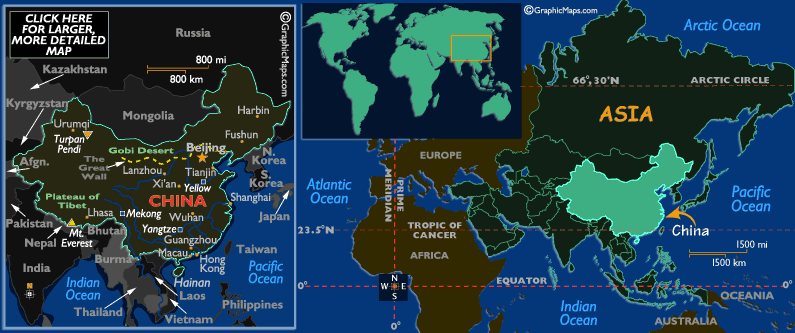
BANKNOTES OF THE PEOPLES REPUBLIC OF CHINA
These notes are available for your viewing pleasure!
Click on the thumbnails to enlarge.

BANKNOTES OF THE PEOPLES REPUBLIC OF CHINA
These notes are available for your viewing
pleasure!
Click on the thumbnails to enlarge.
The history of the Chinese Yuan
China was never united monetarily prior
to the second half of the twentieth century. Prior to this many different
locally issued currencies and currency systems were in use in China. Prior to
1948 banks, local government and private companies were free to issue their own
banknotes. In 1948 The Bank of Central China, the Bank of Peihai and the Bank of
Shansi, Chahar and Hopeh were consolidated to create the People’s Bank of China,
which became the sole banknote issuing authority in China.
The current currency the
Yuan Renminbi was first issued shortly before the takeover of mainland China by
the communists in 1949. One of the first problems the new communist government
faced was to end the hyperinflation and the currency confusion which had been
plaguing China since the end of Chinese nationalist rule. In 1955 the currency
was revalued at a rate of 1 new Yuan to 10,000 old Yuan.
During the time of the centrally-planned economy the value of the Yuan-Renminbi
was set unrealistically against other foreign currencies and very strict
currency exchange controls were put into place. When the Chinese economy opened
in 1978 a dual track currency system was instituted, the Yuan-Renminbi was
inconvertible and usable only domestically. Foreigners coming to China were
forced to use foreign exchange certificates which were only useable in certain
shops but foreigners had the ability to reconvert their unused foreign exchange
certificates back into hard currency. The unrealistic exchange rates and strict
rules set by the government remained in force which created let to a huge black
market for foreign currencies.
In the late 1980s and early 1990s, the Chinese government worked to make the
Yuan-Renminbi more convertible, through the use of exchange centers, the
exchange rate was brought to realistic levels and the dual track currency system
was abolished. The use of foreign exchange certificates has also been
abolished.
BACK TO HOMEPAGE
Page created: 1 September 2006
Last Update: 28 September 2006
Maps are provided by Graphic Maps
All maps provided by them bear their copyright information.
All scans shown here are of actual notes from my collection unless otherwise
noted.
Images and content unless otherwise noted are copyrighted.
(c) 2006 Will's Online World Paper Money Gallery